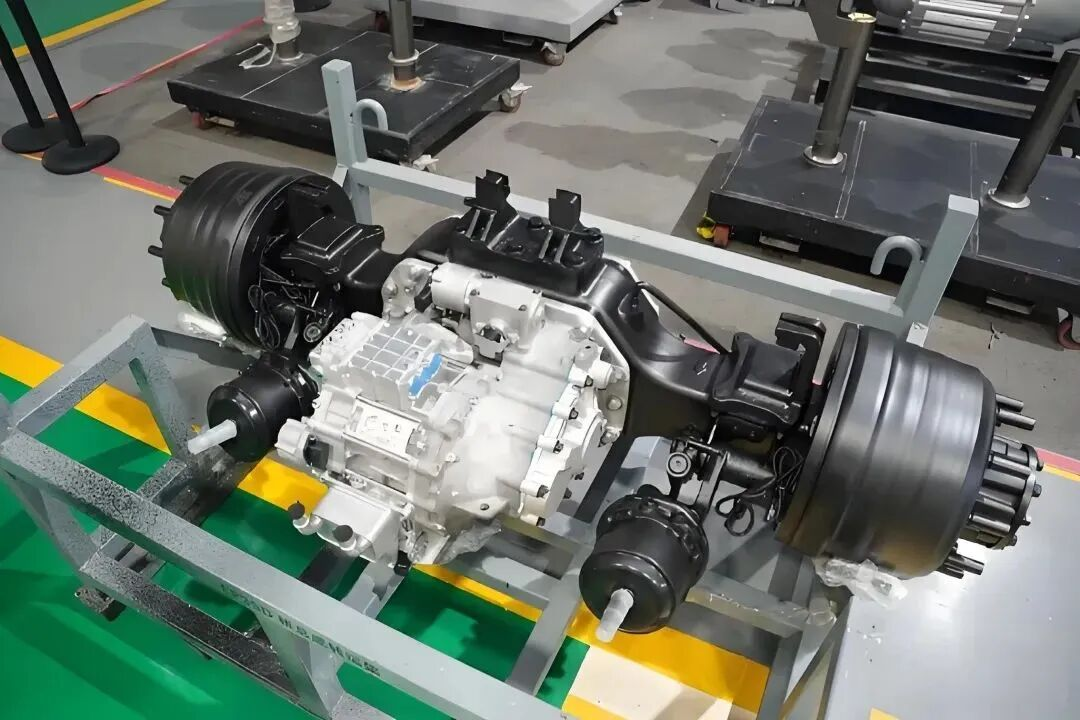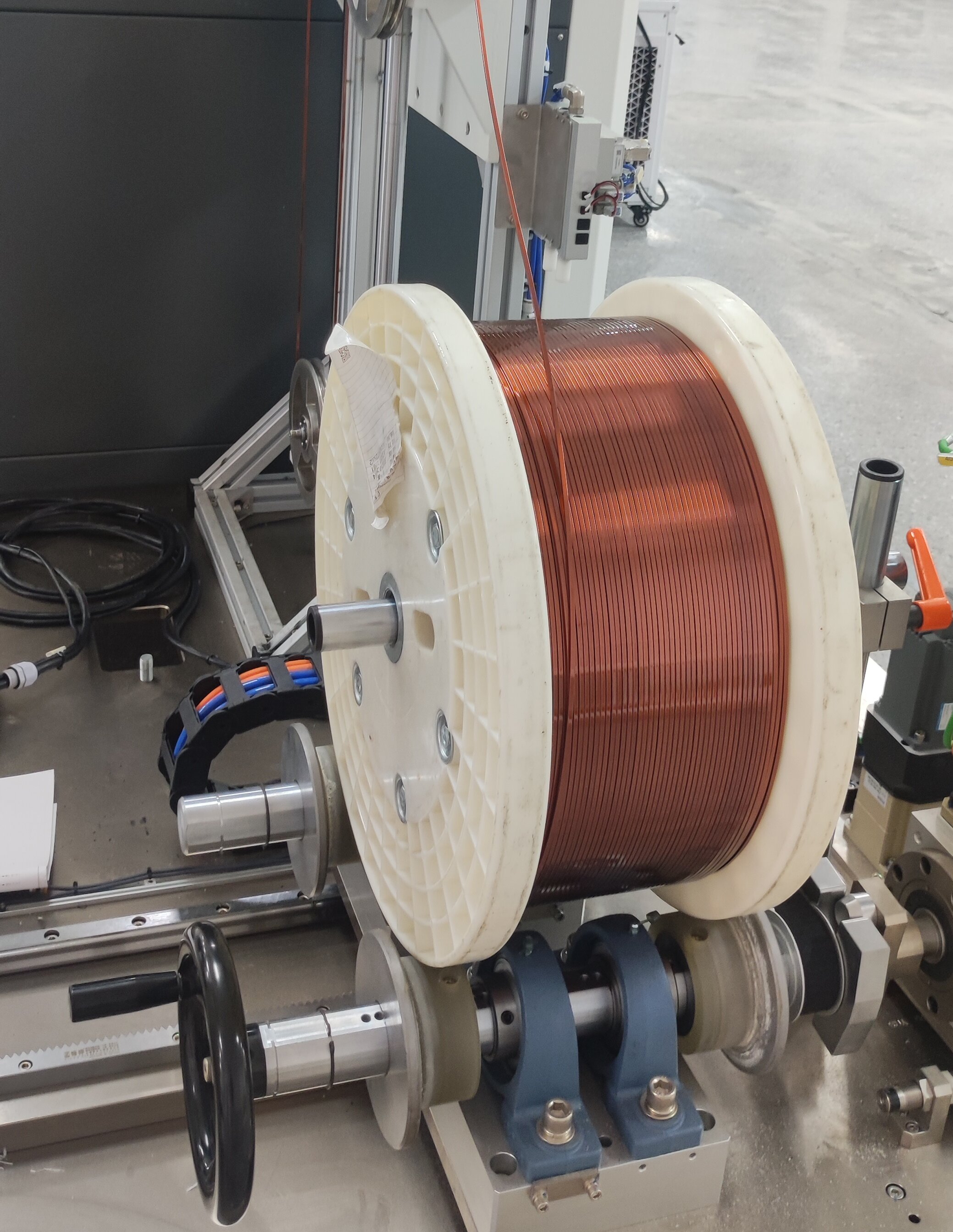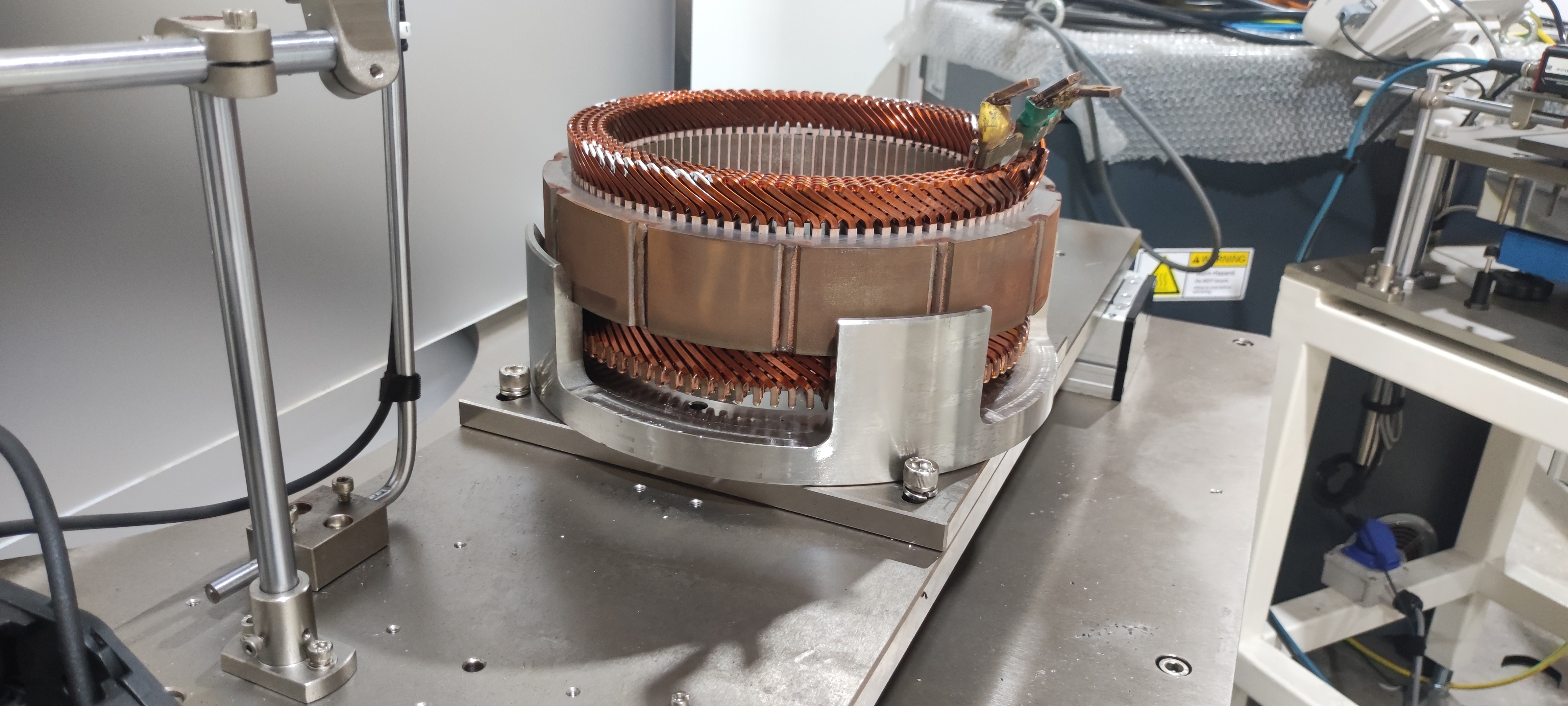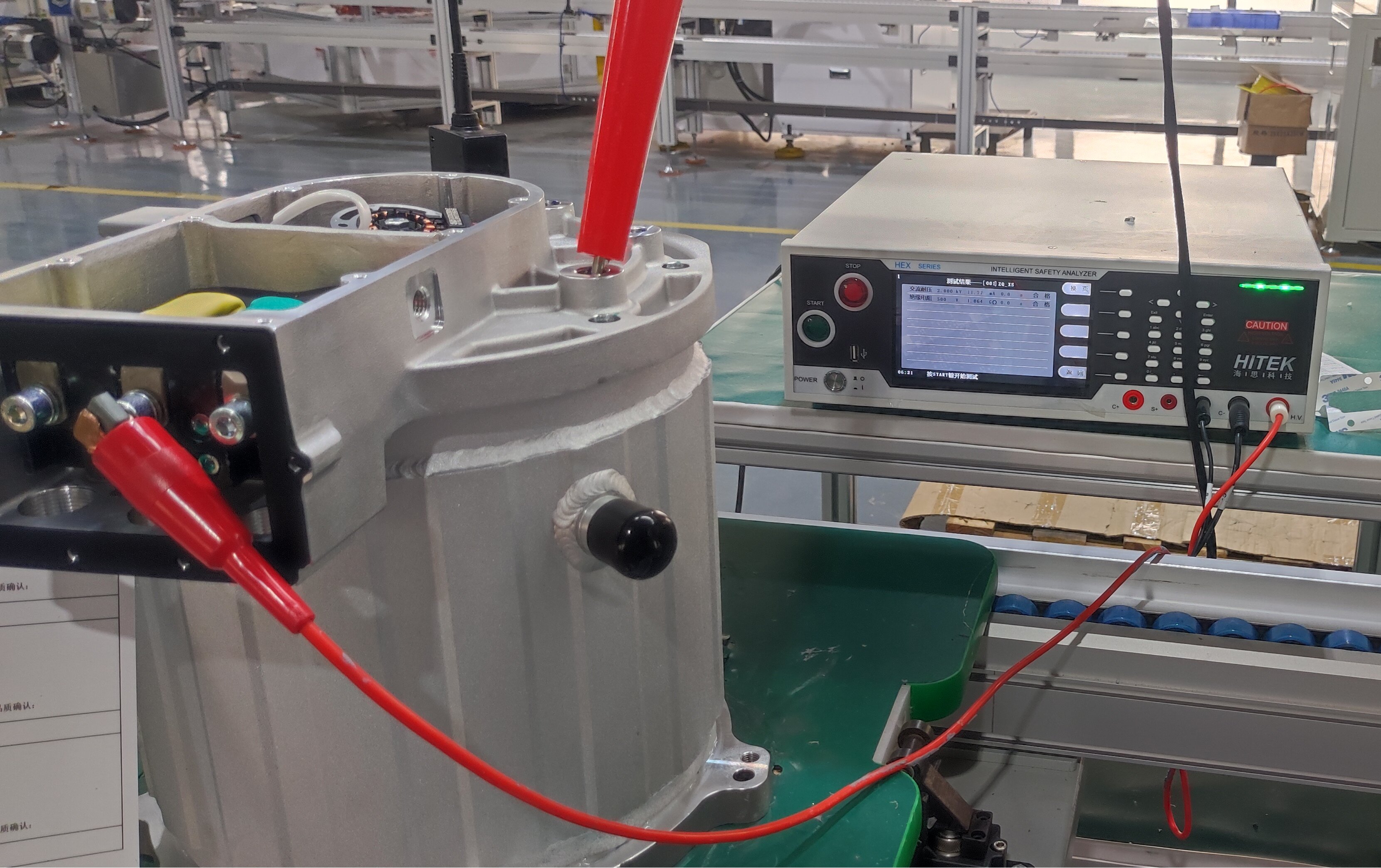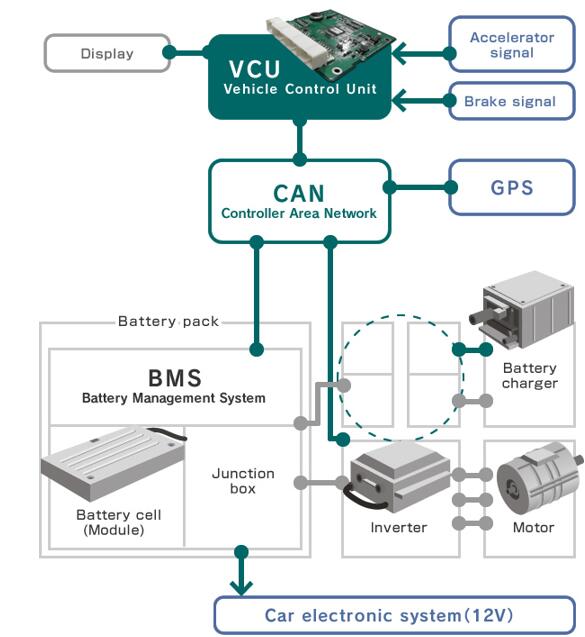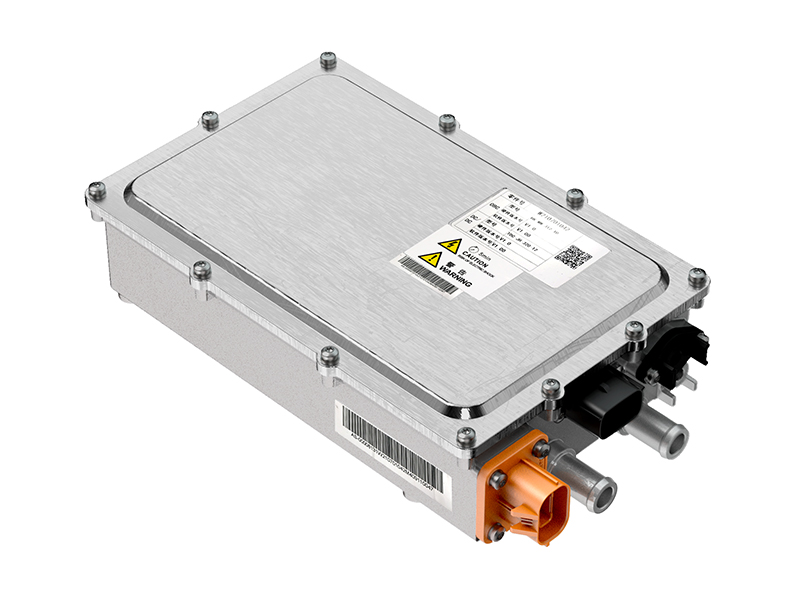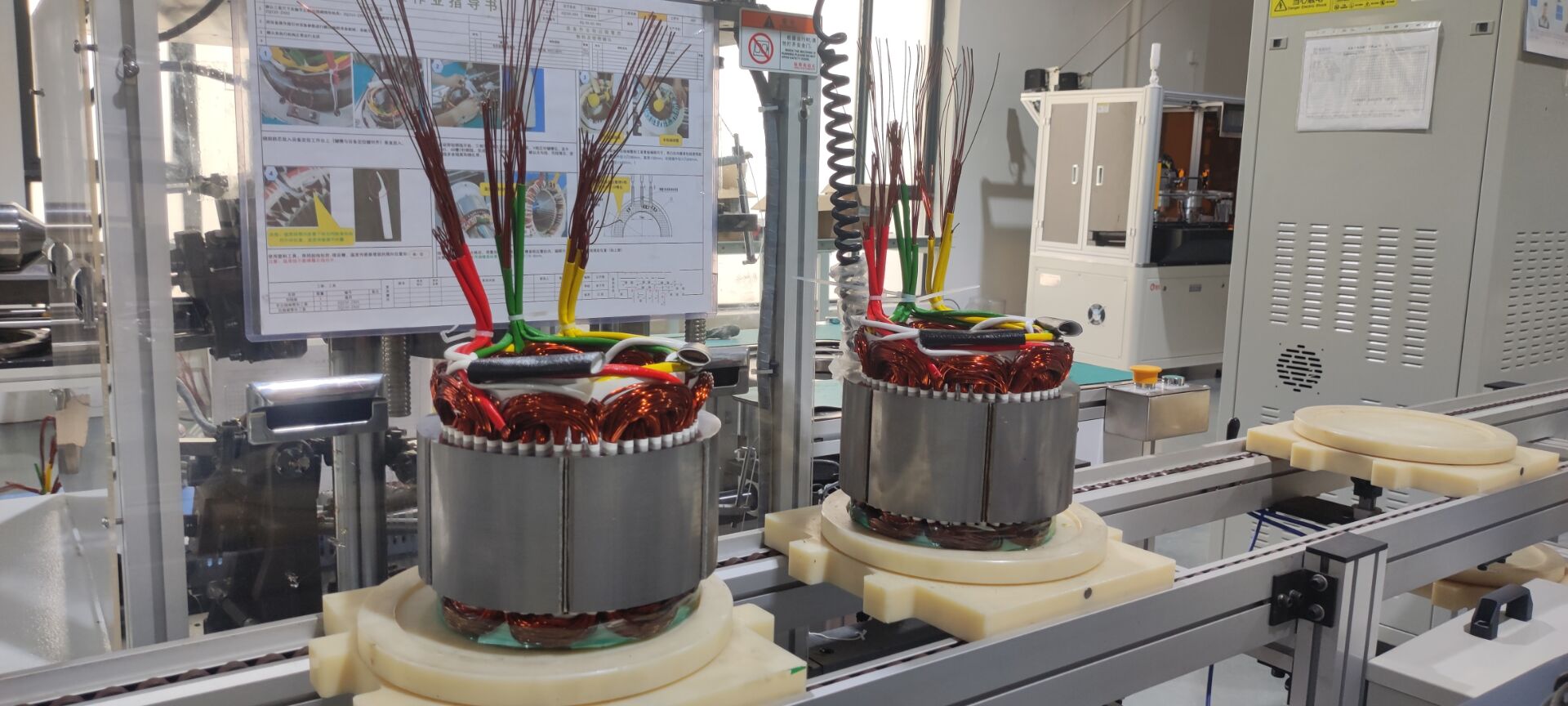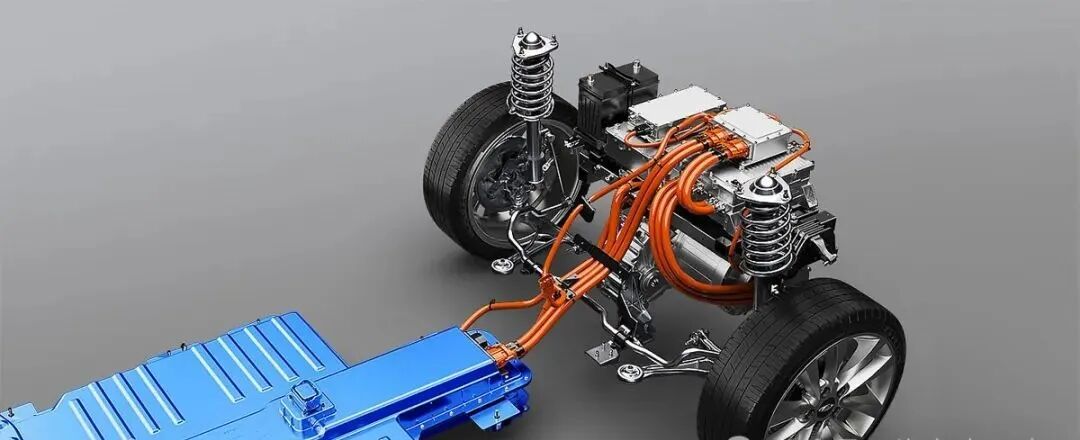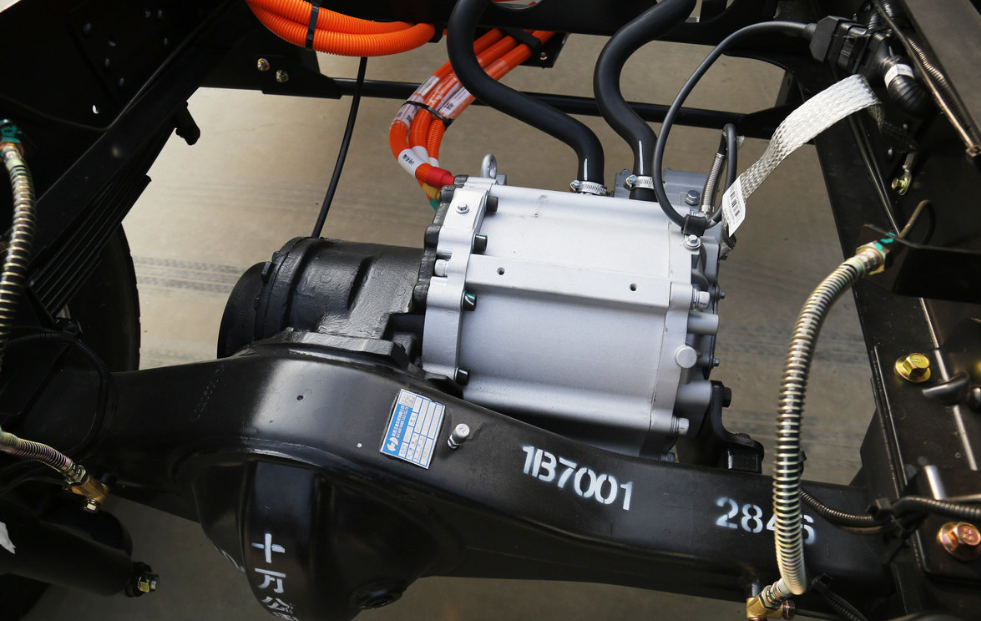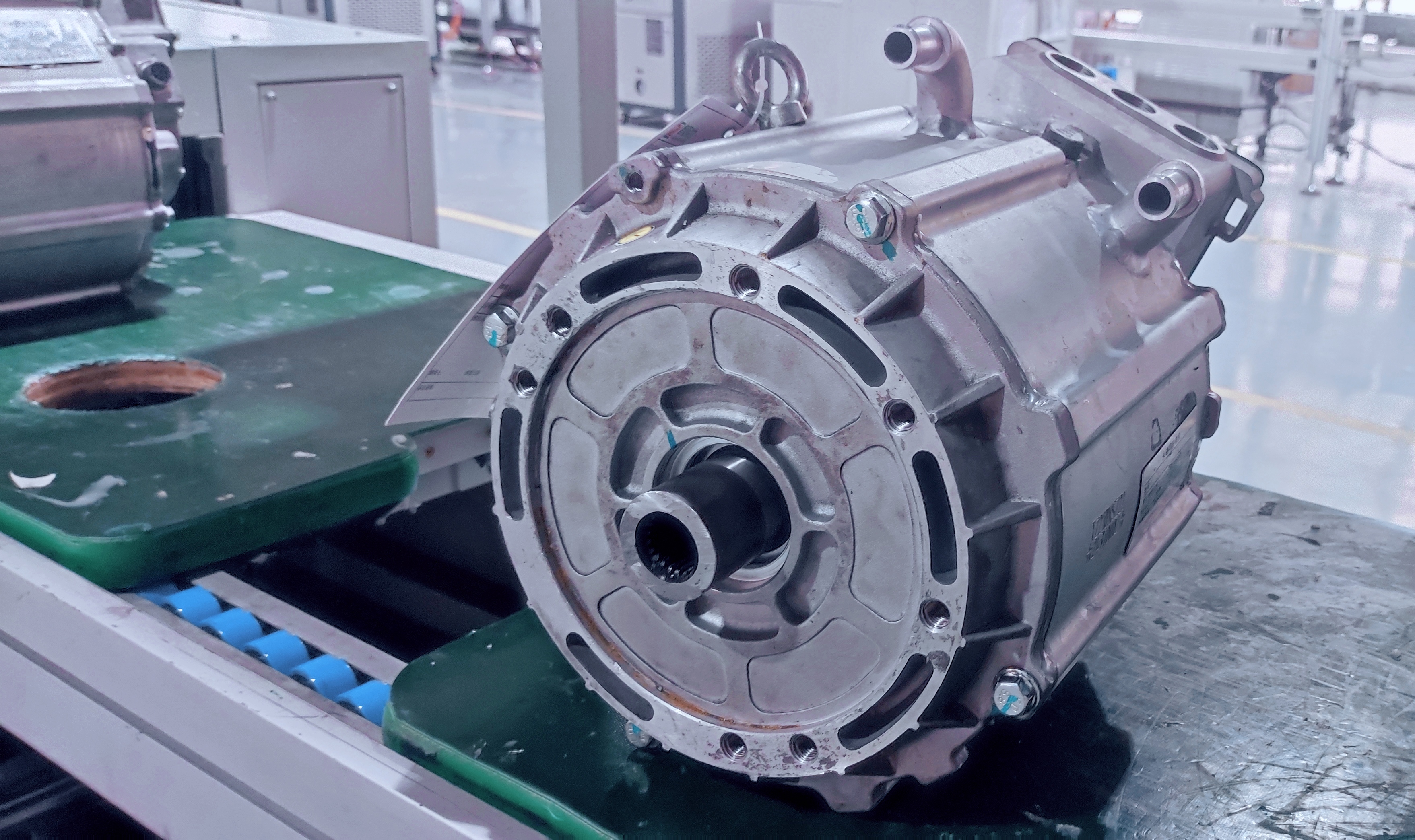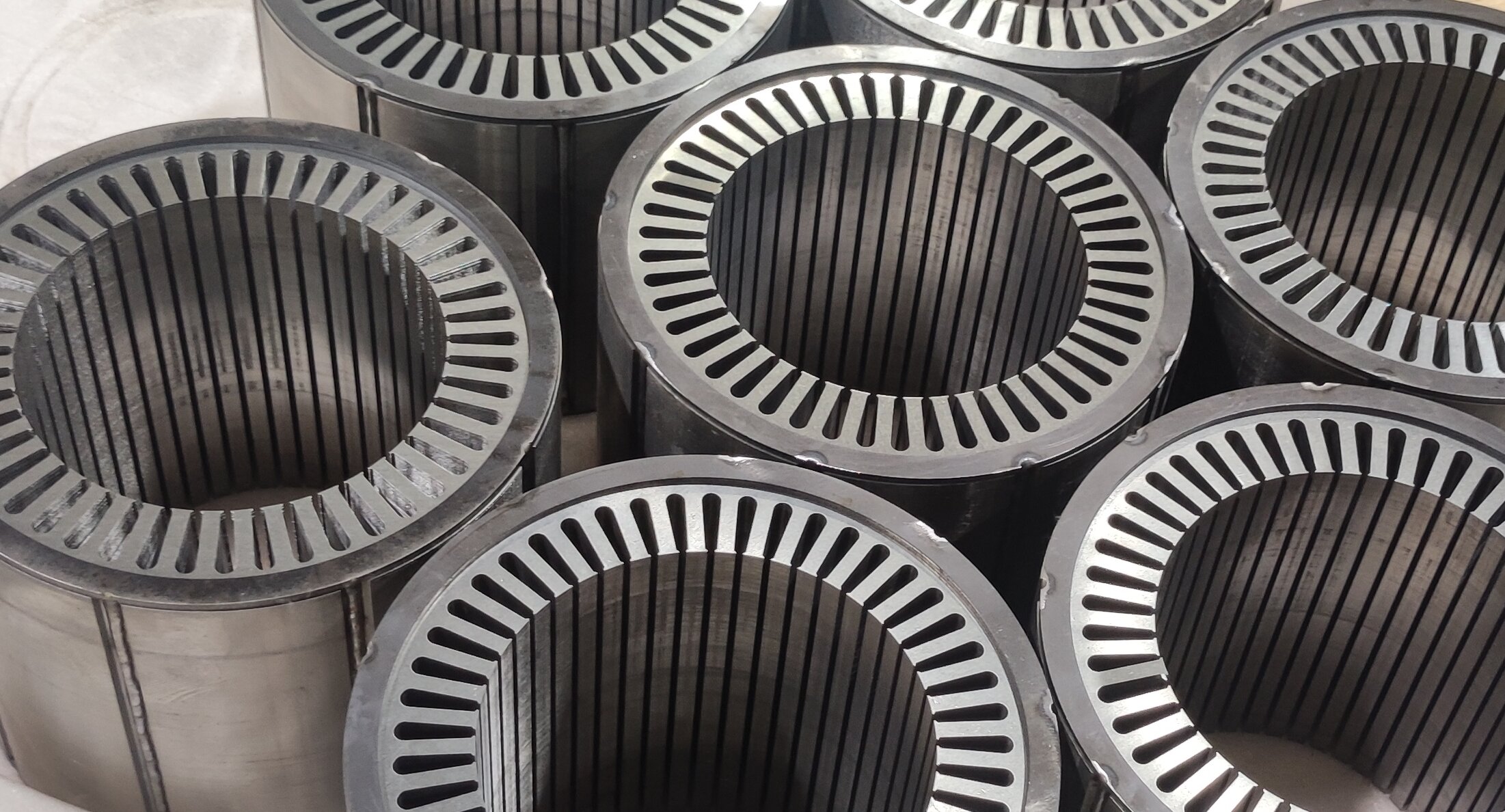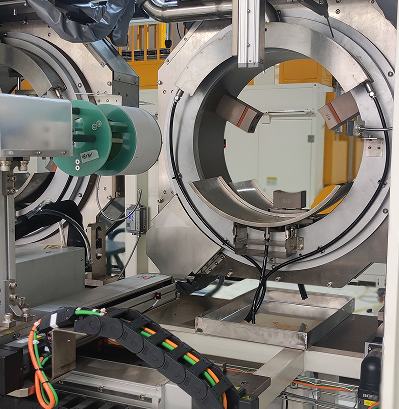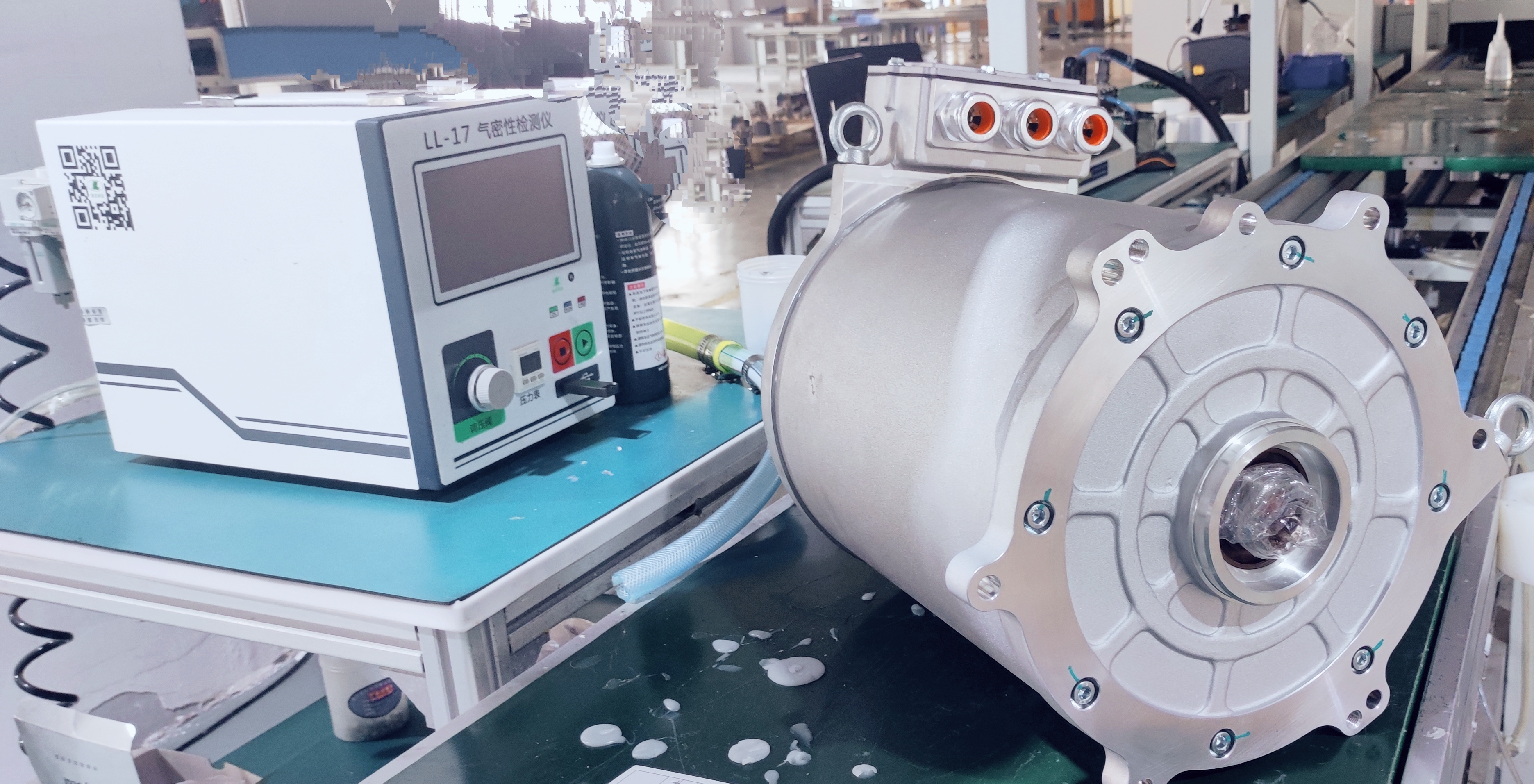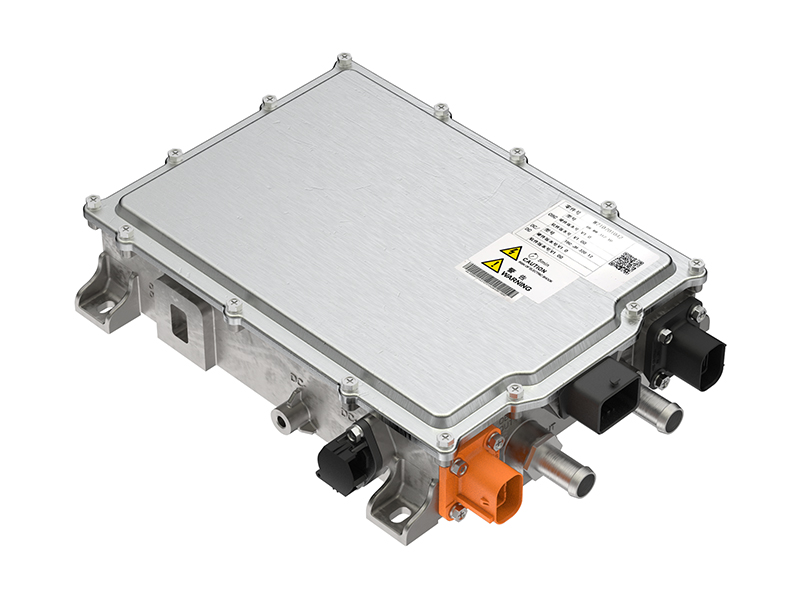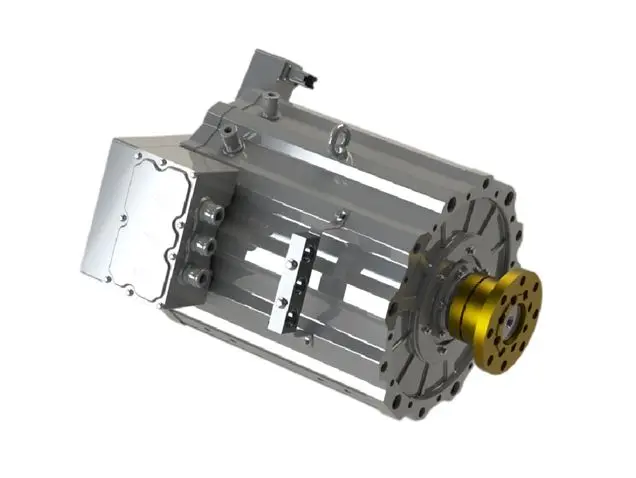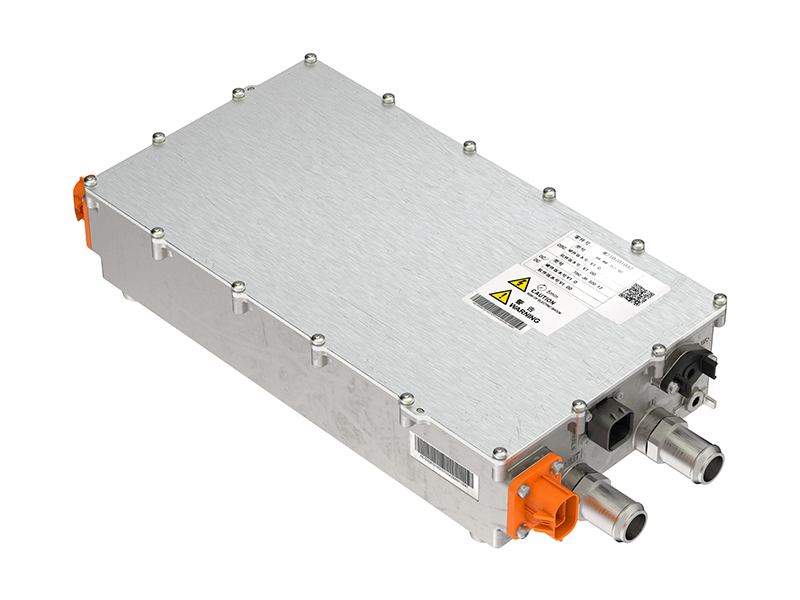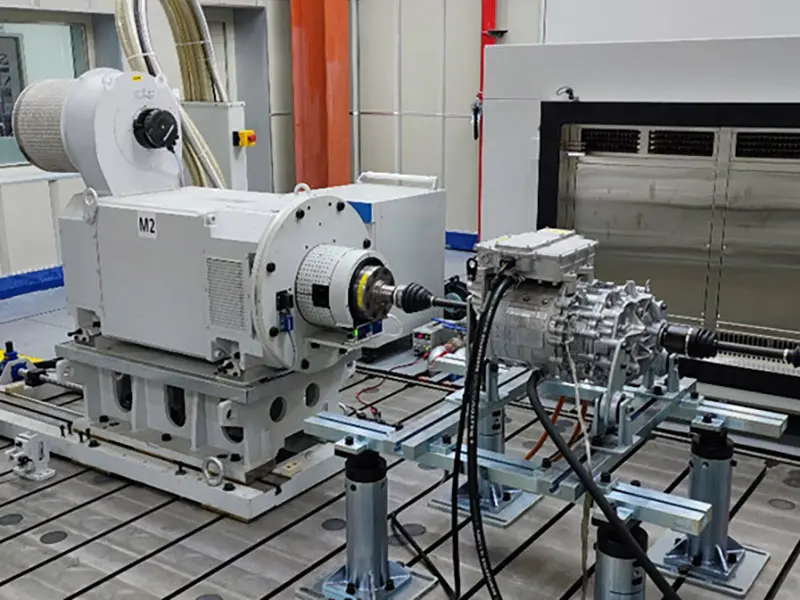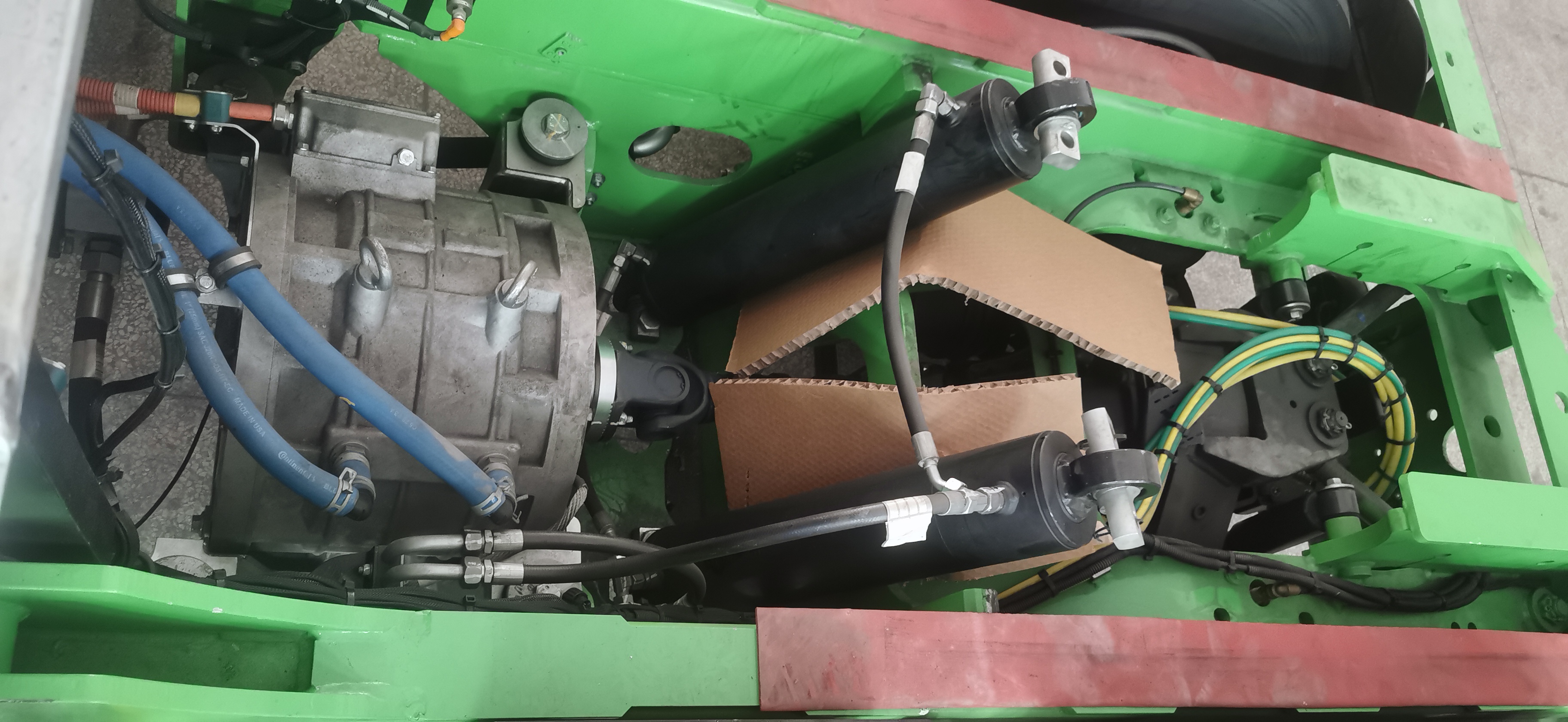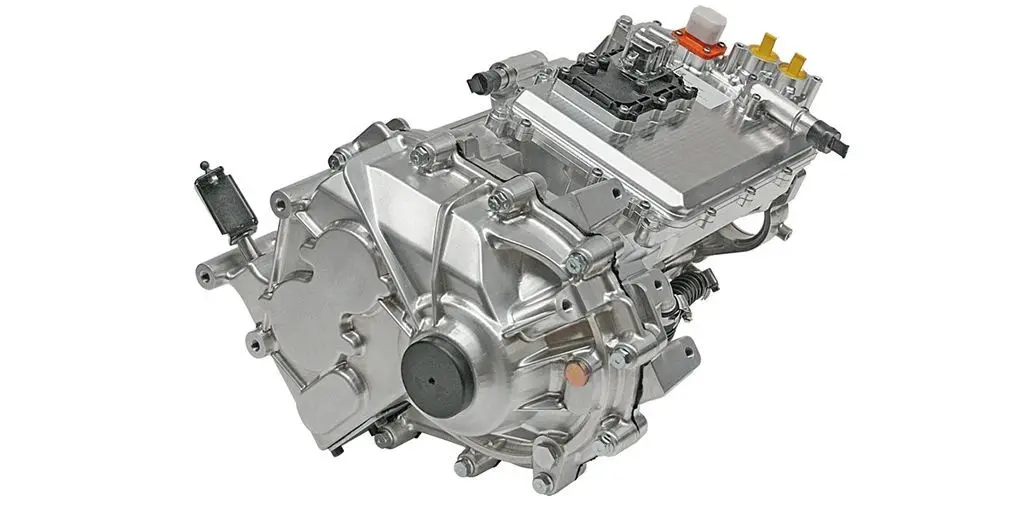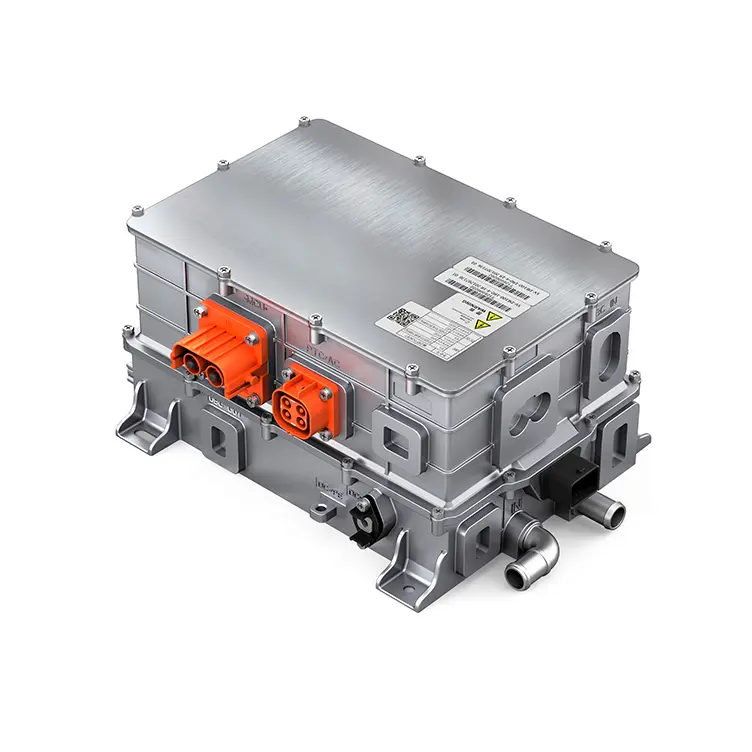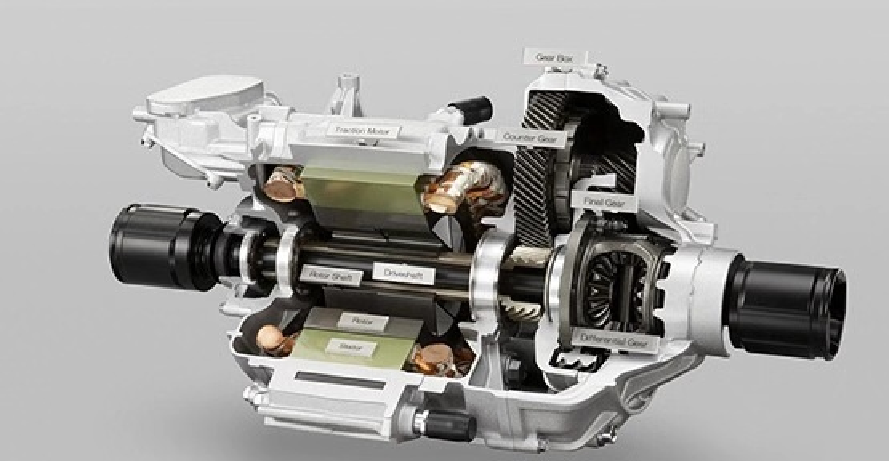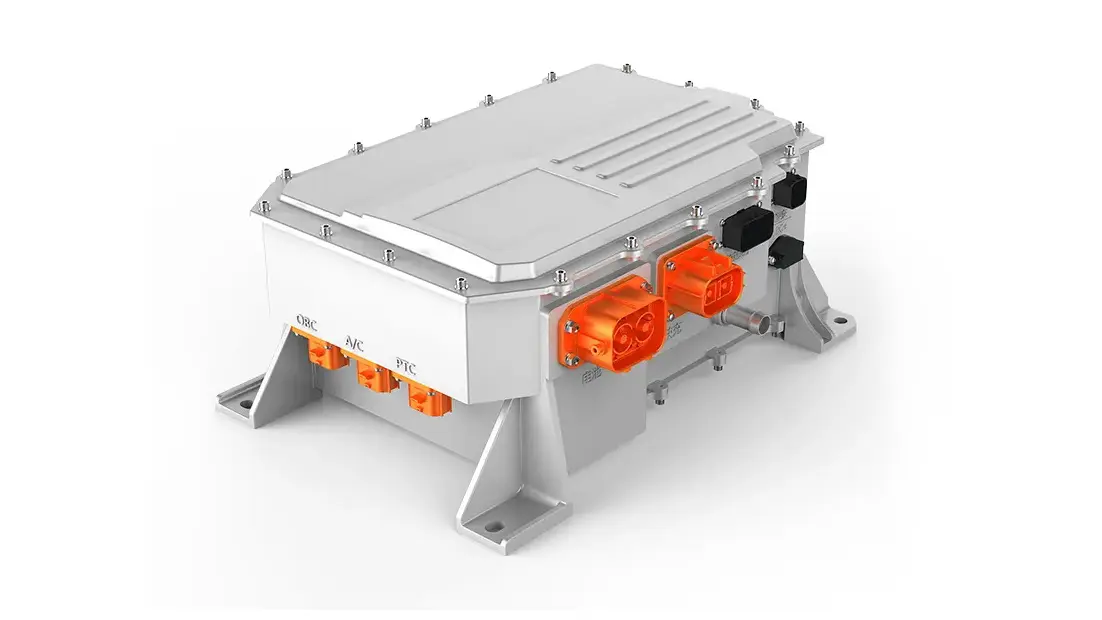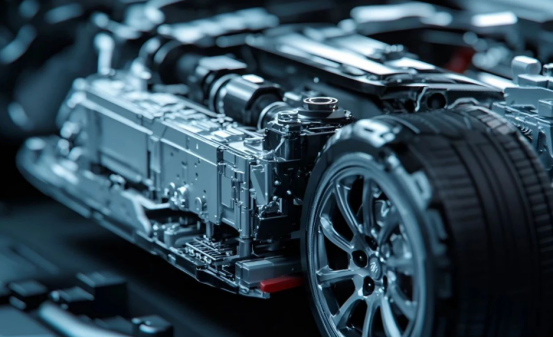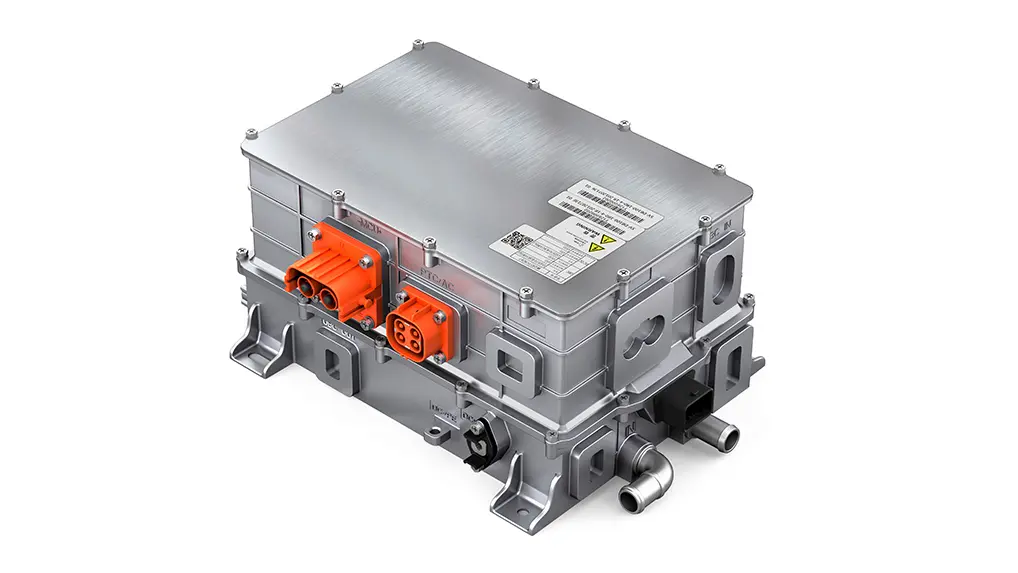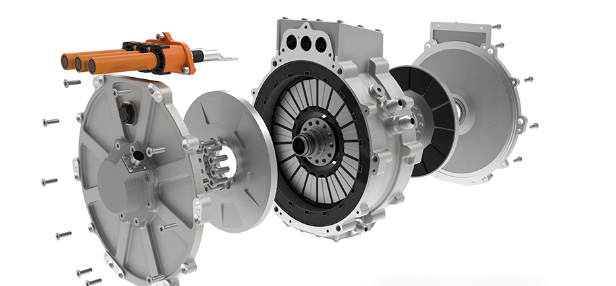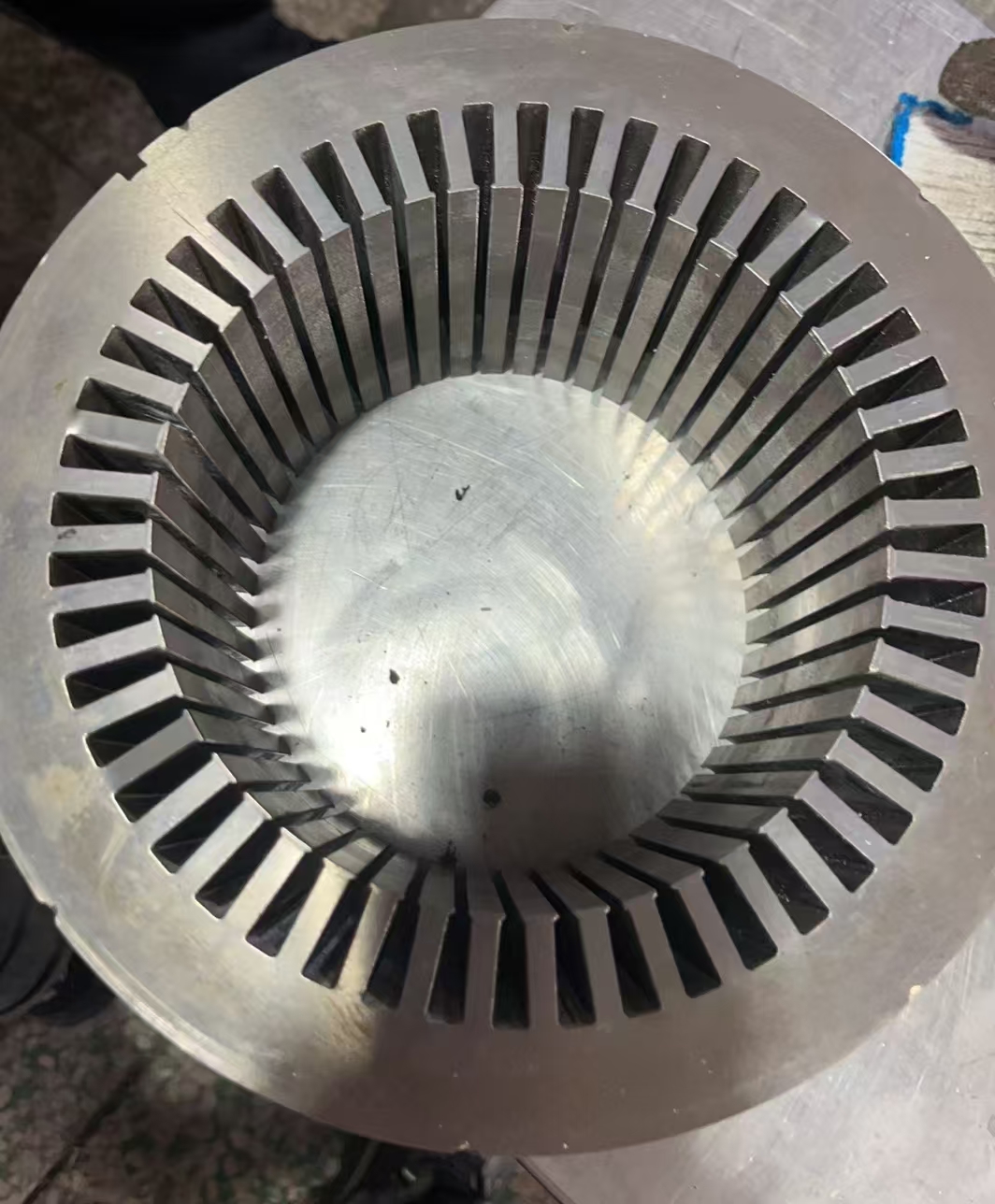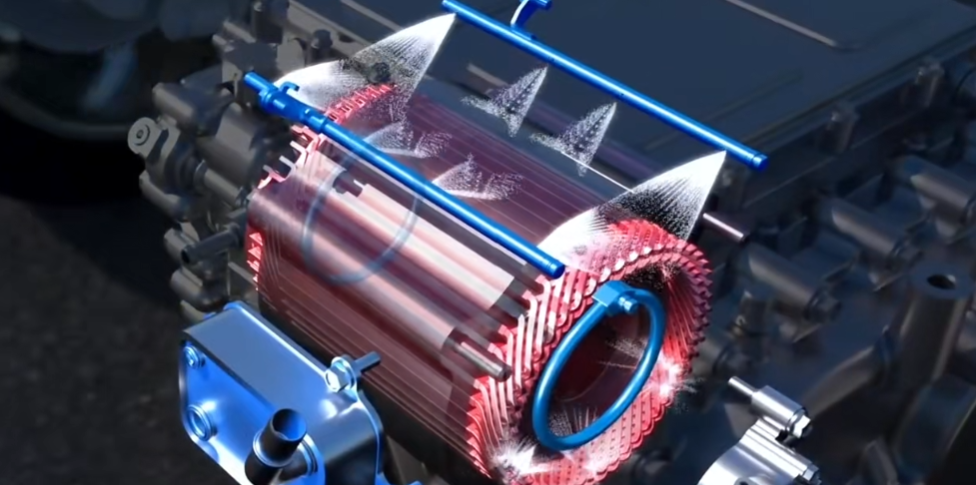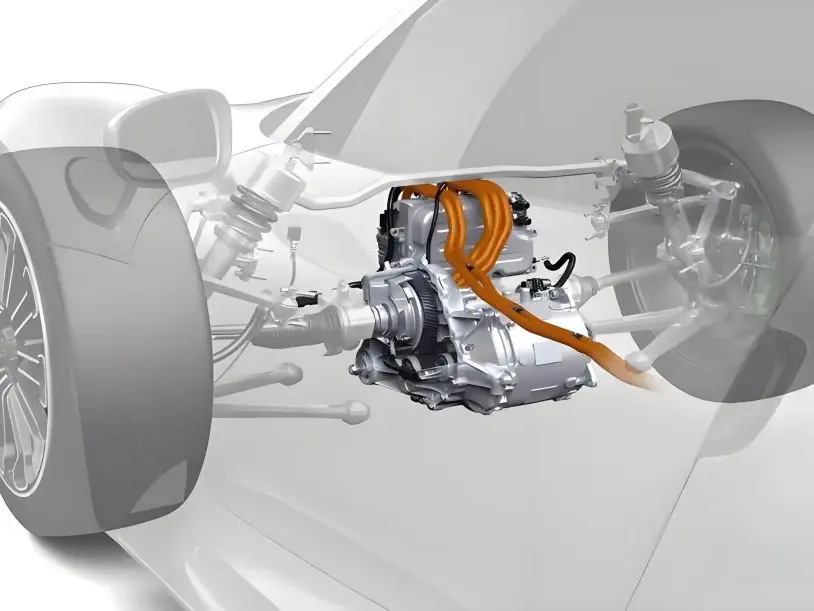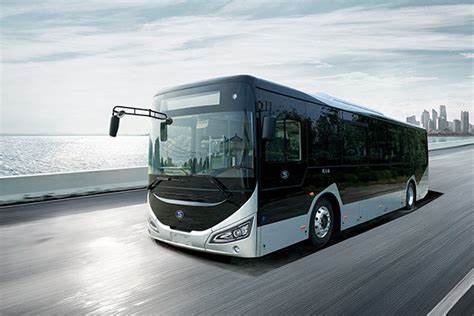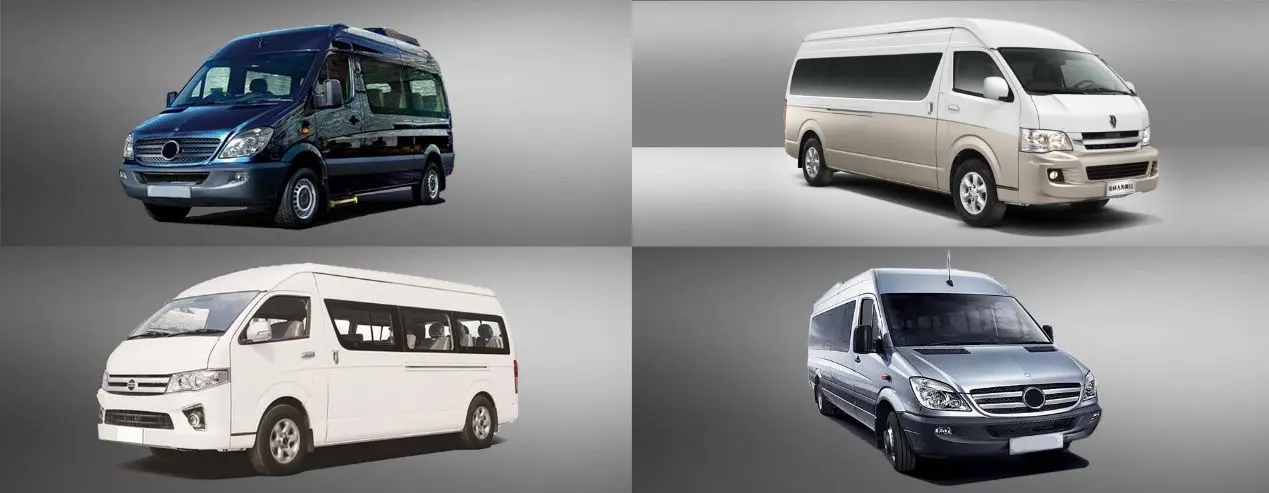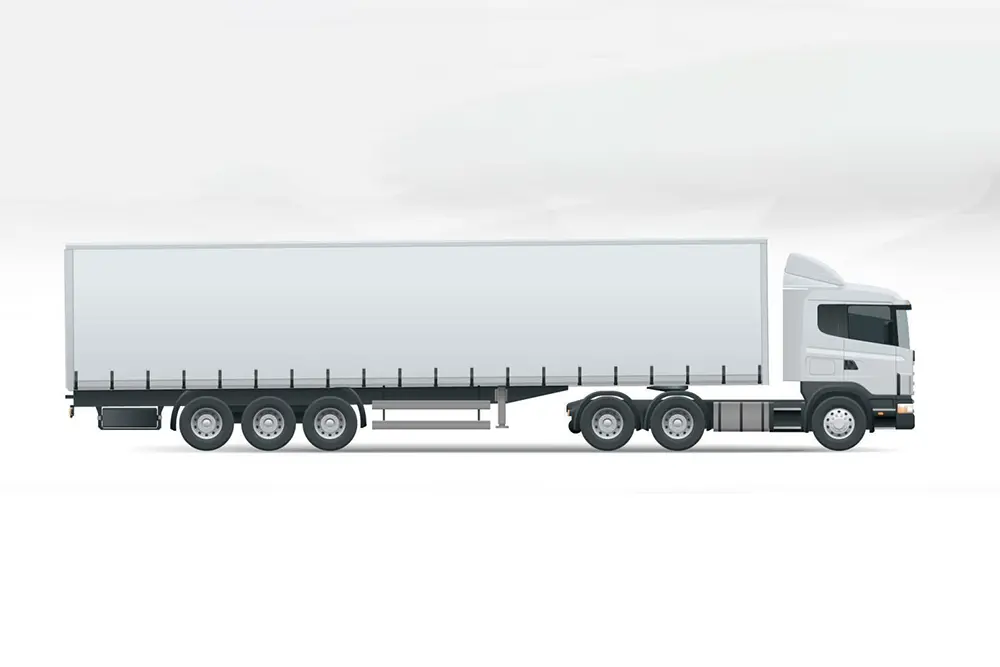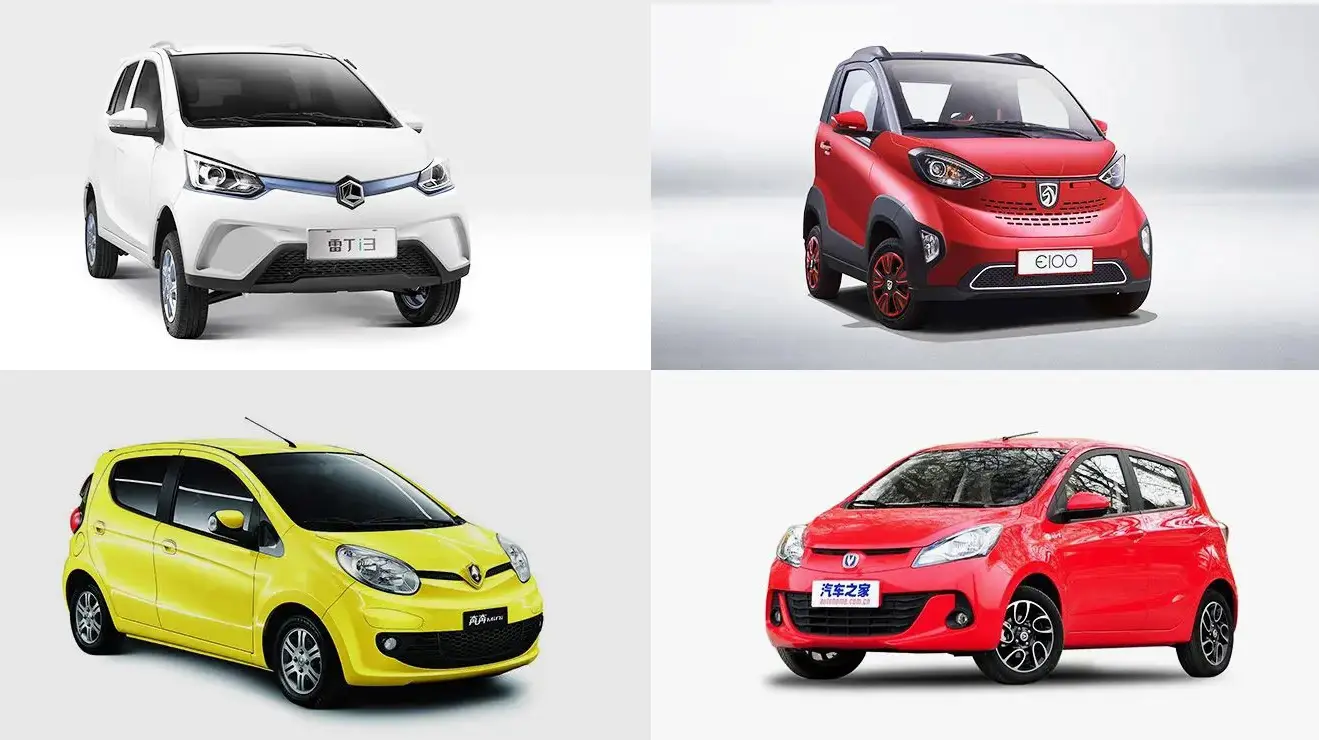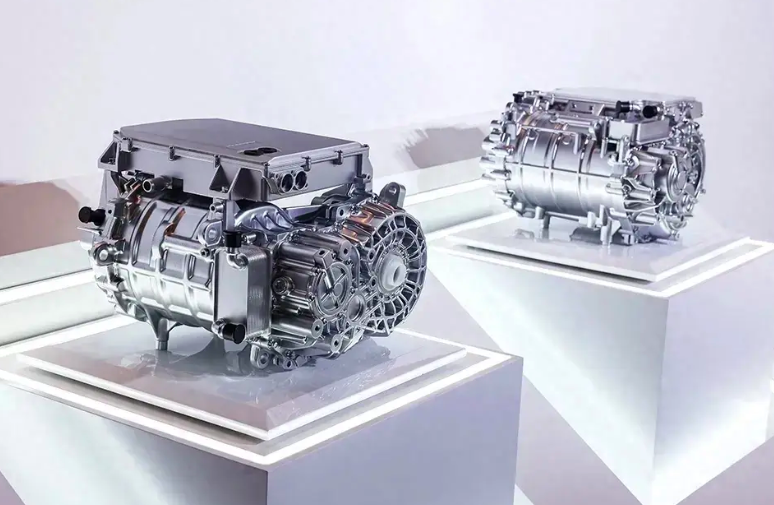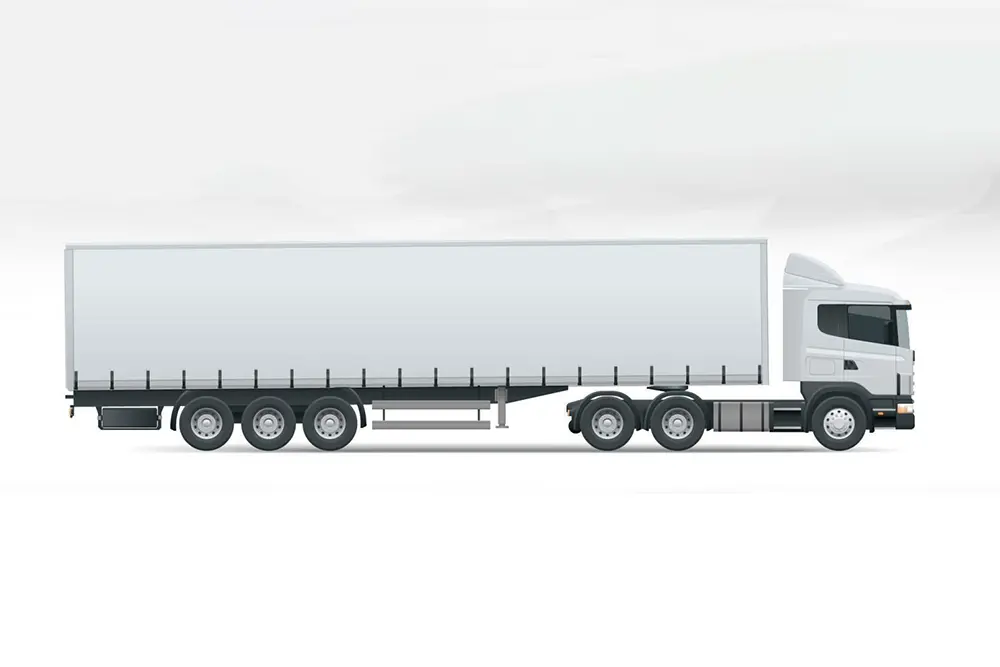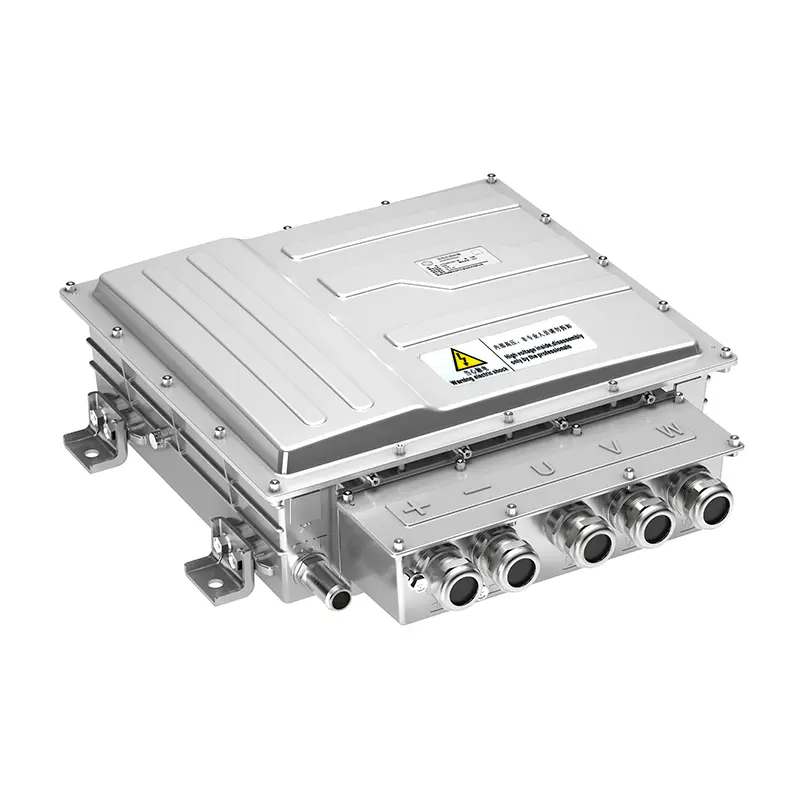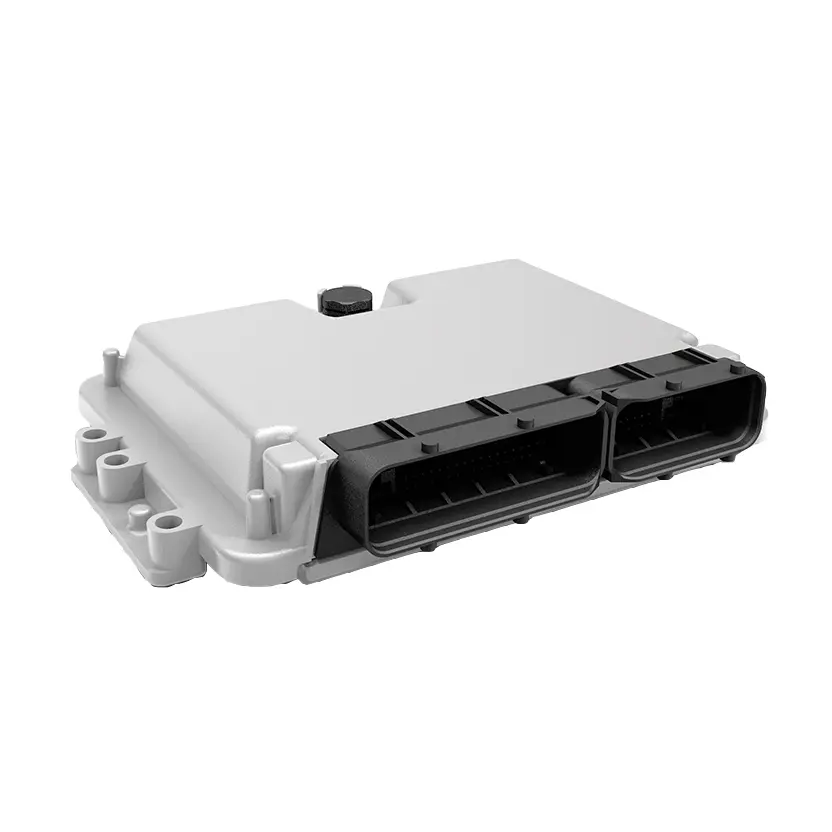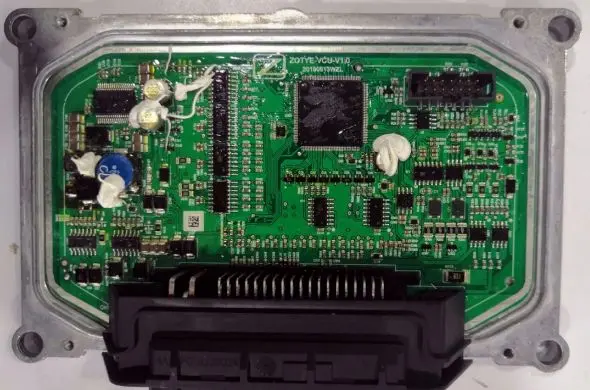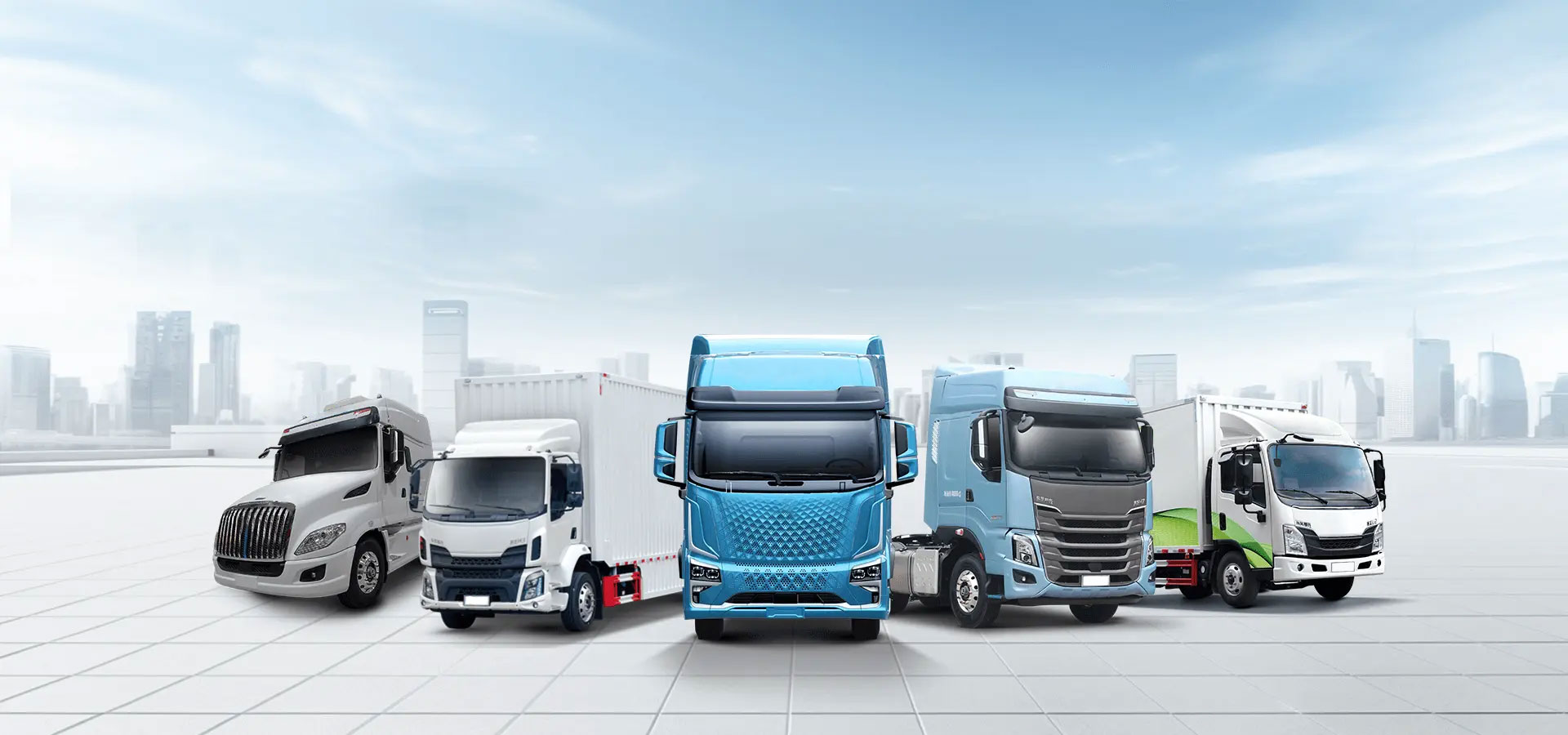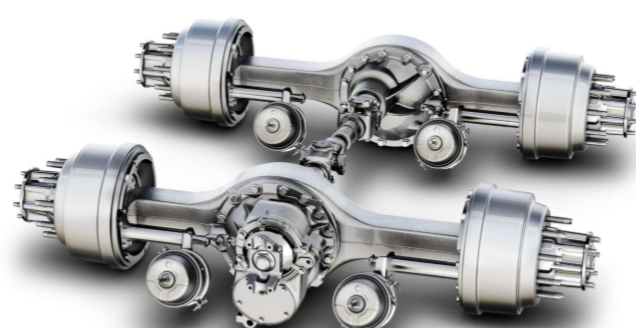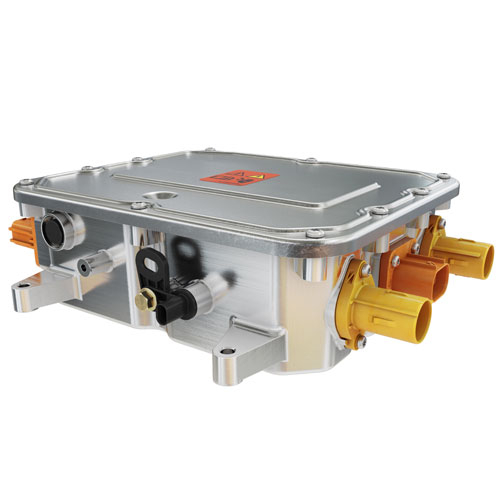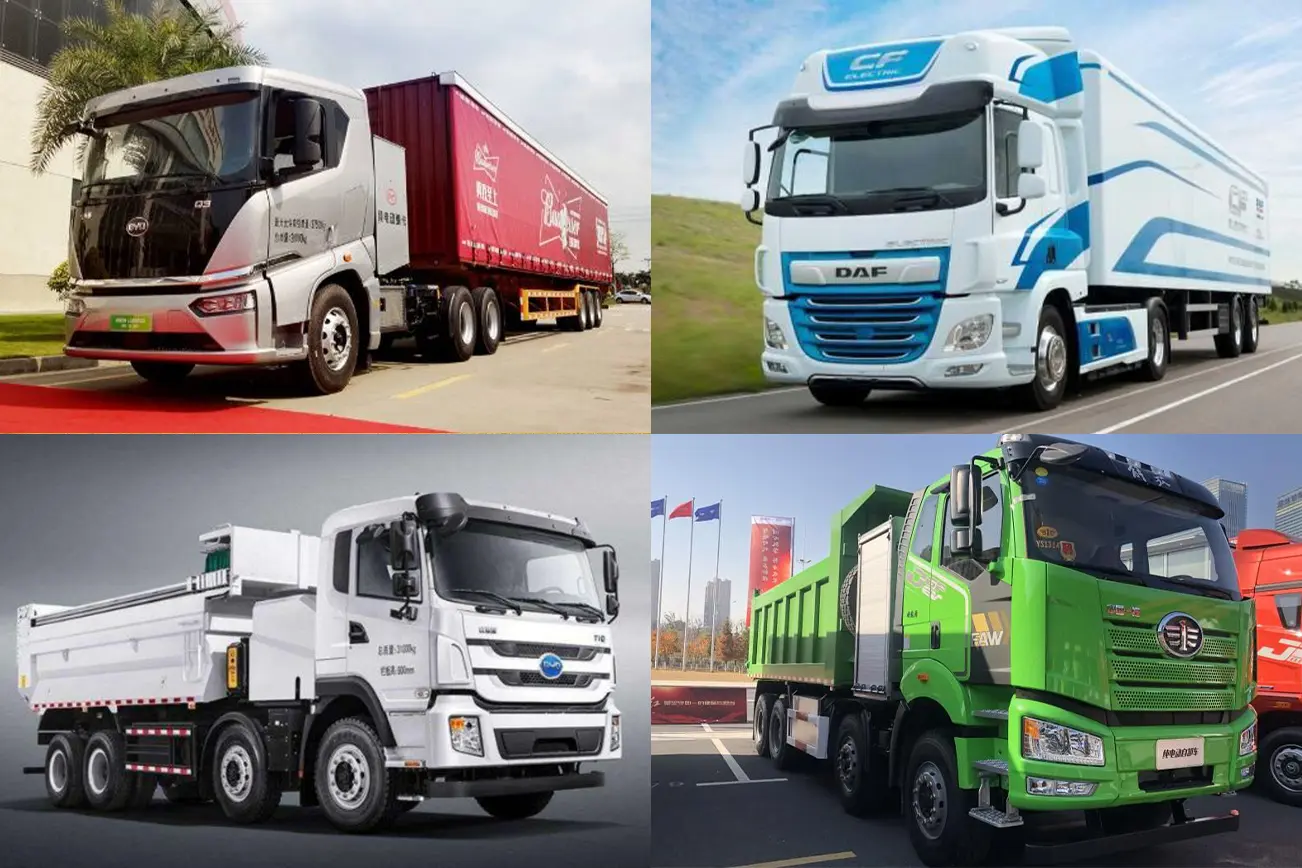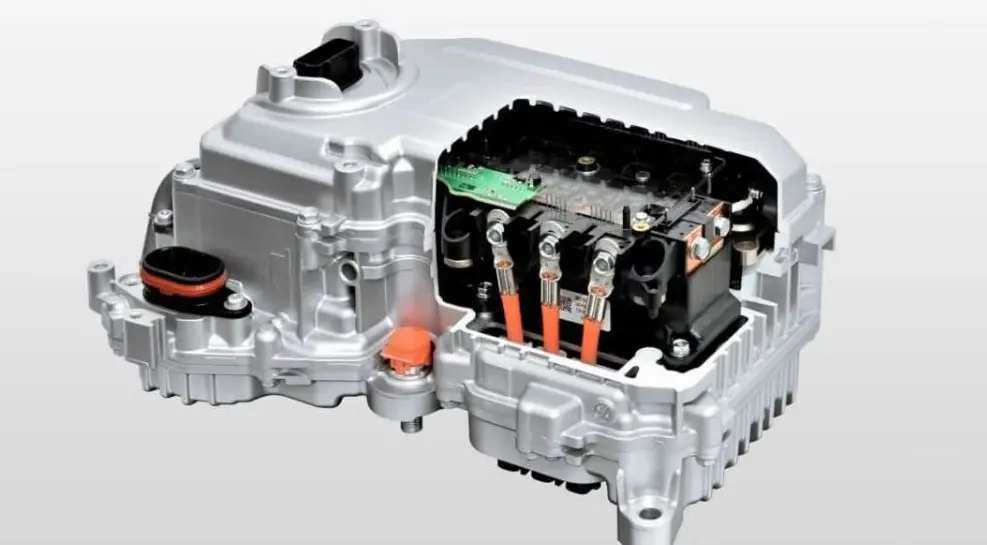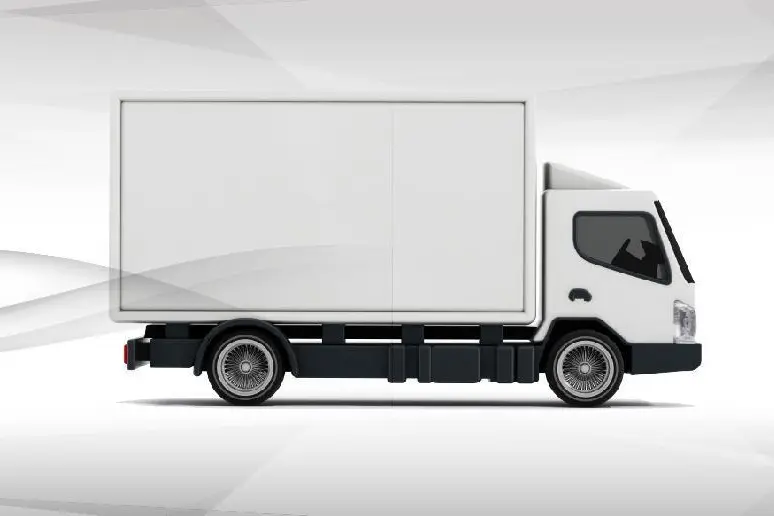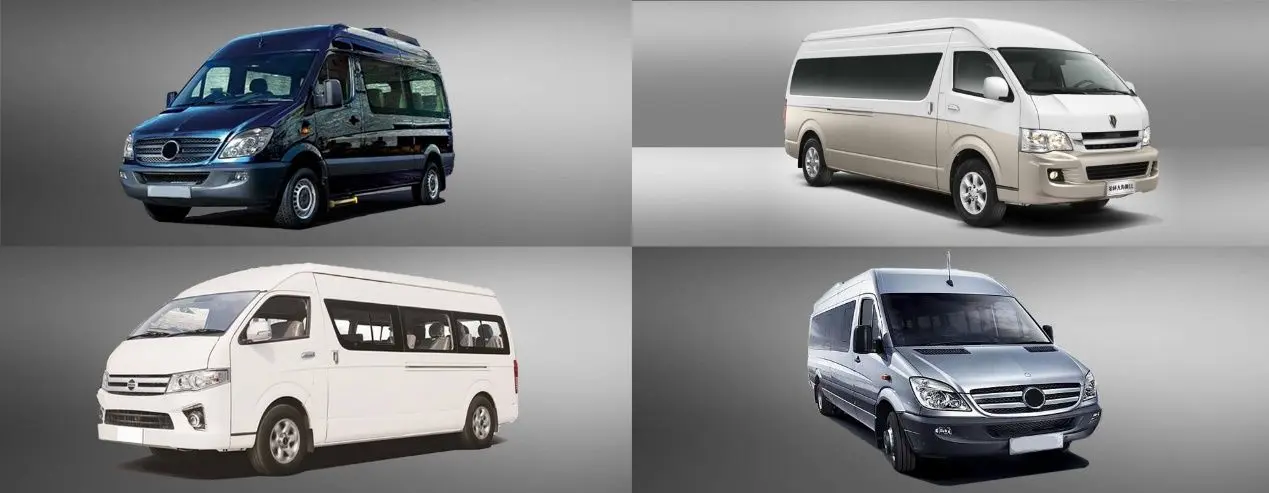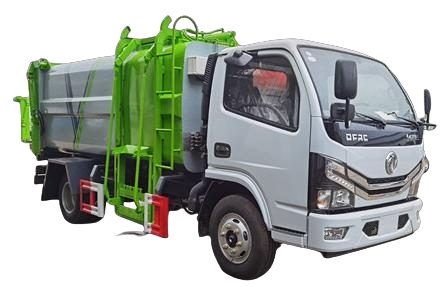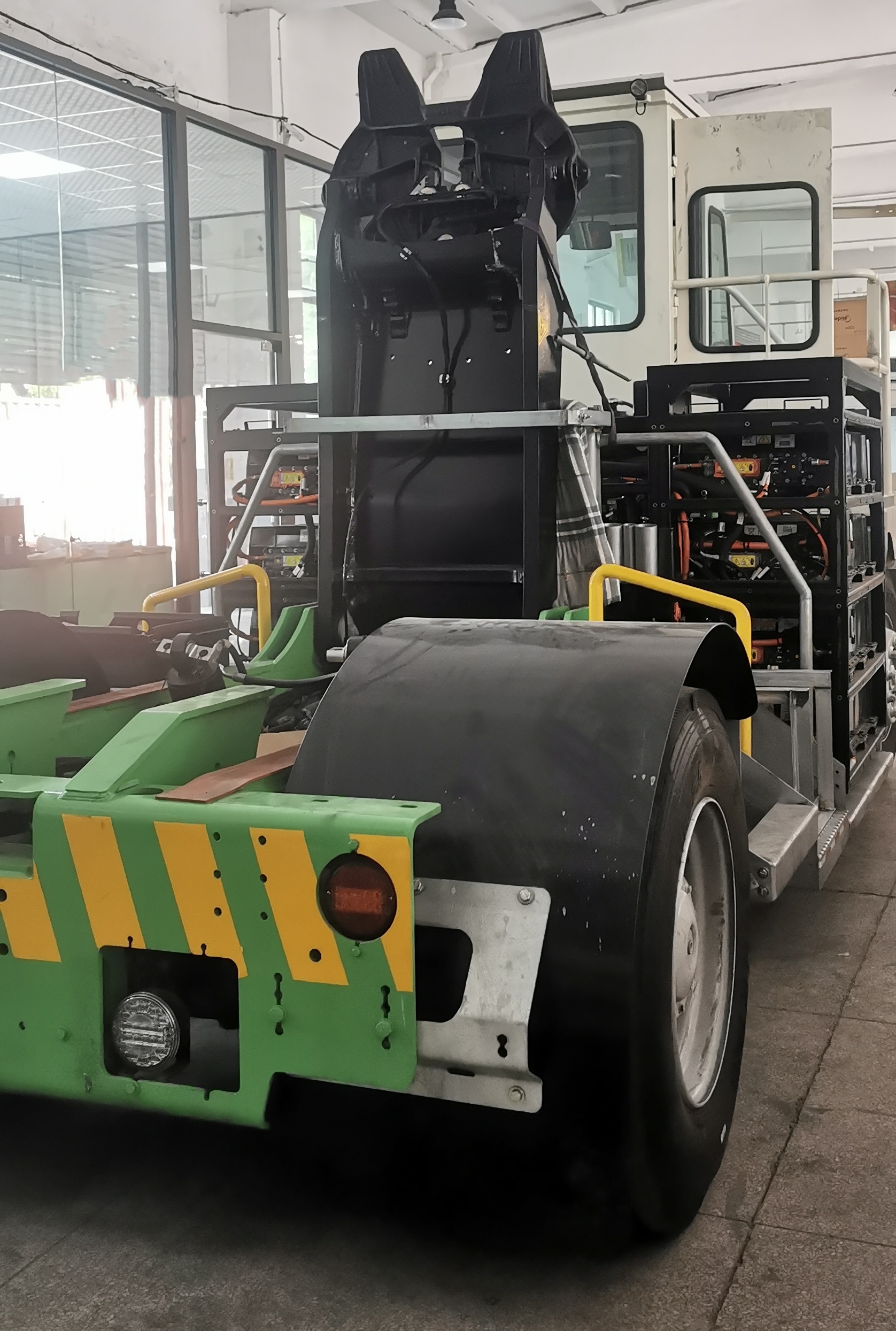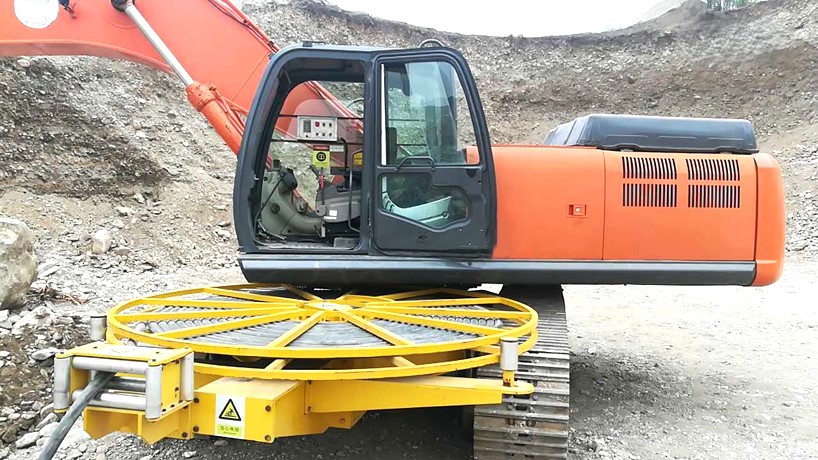How Electric Truck Motors Are Revolutionizing the Commercial Vehicle Industry
The commercial transportation sector is undergoing a seismic shift. At the core of this evolution is the electric truck motor, a technology that promises cleaner, more efficient, and cost-effective logistics solutions. As governments implement stricter emission regulations and companies seek to reduce operational costs, the adoption of electric trucks is surging.
In this comprehensive guide, we will explore how electric truck motors are revolutionizing the commercial vehicle industry. From types and components to advantages, challenges, and future innovations, this blog delves into everything you need to know about the beating heart of electric trucks.
The Rise of Electric Trucks in the Commercial Sector
Electric vehicles (EVs) have made significant inroads into the consumer market over the past decade. Now, the focus is shifting toward commercial fleets. Industry giants such as Tesla, Volvo, Daimler, and Rivian are investing heavily in electric truck development. From last-mile delivery vans to long-haul freight trucks, electric commercial vehicles are no longer a concept—they are reality.
Why the Shift Is Happening:
- Environmental Regulations: Governments around the world are pushing for zero-emission vehicle adoption to meet climate goals.
- Cost Efficiency: Lower fuel and maintenance costs make electric trucks attractive for fleet operators.
- Urbanization: Cities are implementing low-emission zones where only electric or hybrid vehicles can operate.
At the center of this transformation is the electric truck motor, the technology enabling these advancements.

Types of Electric Truck Motors
Not all electric truck motors are created equal. Manufacturers use different motor types depending on the size, weight, and intended function of the vehicle.
a. Permanent Magnet Synchronous Motors (PMSM)
Efficiency: High
Torque Delivery: Immediate
Use Case: Widely used in modern electric trucks due to excellent power-to-weight ratio.
b. Induction (Asynchronous) Motors
Cost: Lower than PMSMs
Durability: High
Use Case: Often found in heavier-duty trucks and early EV models.
c. Switched Reluctance Motors (SRM)
Simplicity: Mechanically simple and rugged
Control Complexity: Higher
Use Case: Being explored for heavy-duty applications due to robustness and lower cost.
Each electric truck motor type offers unique benefits and trade-offs, influencing decisions across design and deployment.
Key Components of an Electric Truck Motor System
The motor is only one part of a broader, integrated system. A fully functional electric drivetrain includes several key components:
a. Electric Motor
The electric truck motor generates torque to propel the vehicle. It replaces the internal combustion engine in traditional trucks.
b. Power Electronics (Inverter and Controller)
Converts DC electricity from the battery to AC for the motor and regulates performance based on throttle input and load.
c. Battery Pack
The main energy reservoir, typically lithium-ion, providing power to the motor and other systems.
d. Thermal Management System
Ensures the battery and motor remain within safe operating temperatures for performance and longevity.
e. Transmission (or Reduction Gearbox)
Some electric trucks use a simplified single-speed gearbox, although multi-speed systems are also in development.
Together, these components form a cohesive system, enabling efficient and powerful performance in a wide range of commercial applications.

How Electric Truck Motors Work
Understanding how an electric truck motor functions can help fleet managers and engineers better appreciate the performance and reliability benefits of electric trucks.
Step-by-Step Breakdown:
- Energy Flow: Electricity is stored in the high-voltage battery.
- Inverter Operation: The inverter converts DC to AC and regulates power delivery to the motor.
- Motor Activation: The motor’s rotor and stator interact through magnetic fields to generate torque.
- Torque Transmission: This torque is sent through the transmission or directly to the wheels.
- Regenerative Braking: During braking, the motor acts as a generator, sending energy back to the battery.
Because electric truck motors have fewer moving parts and instant torque, they outperform diesel engines in responsiveness and operational efficiency.
Advantages of Electric Truck Motors
The commercial industry is embracing electric trucks not just for sustainability, but for tangible business benefits.
a. Lower Operating Costs
Electric trucks reduce fuel costs by 60–80% and have lower maintenance requirements due to fewer moving parts in the electric truck motor.
b. High Torque at Low Speeds
Perfect for stop-and-go urban delivery routes, electric motors deliver peak torque from zero RPM.
c. Noise Reduction
Electric trucks are significantly quieter, making them ideal for nighttime deliveries and reducing noise pollution in urban centers.
d. Zero Emissions
With no tailpipe emissions, electric trucks help companies meet environmental targets and qualify for green incentives.
e. Less Downtime
Electric drivetrains are more reliable, reducing time lost to engine maintenance and increasing fleet uptime.
These benefits are pushing major logistics companies like Amazon, UPS, and FedEx to invest in electrified fleets powered by robust electric truck motors.
Challenges and Limitations
Despite the advantages, several hurdles must be addressed before widespread adoption becomes practical for all fleets.
a. Limited Range
Long-haul trucks still face range anxiety, though advances in battery technology are improving this.
b. Charging Infrastructure
A lack of widespread fast-charging networks, especially for heavy-duty trucks, slows adoption.
c. Initial Purchase Cost
The upfront cost of electric trucks remains higher than diesel alternatives, though total cost of ownership (TCO) is often lower.
d. Payload Concerns
Batteries are heavy, potentially reducing the amount of cargo a truck can carry.
e. Cold Weather Performance
Battery efficiency drops in cold climates, affecting range and performance.
Fleet managers must weigh these challenges against the long-term savings and strategic benefits of electrification.
Future Trends and Innovations
As the industry matures, we are seeing significant advancements that will further elevate the capabilities of the electric truck motor.
a. Solid-State Batteries
Offering higher energy density and faster charging, solid-state batteries could revolutionize EV range and safety.
b. Wireless Charging
Inductive charging could eliminate plug-in downtime and allow trucks to charge while idling or at loading docks.
c. Modular Motors
Future trucks may use multiple compact motors at each wheel for improved traction and easier maintenance.
d. Smart Fleet Integration
Cloud-connected motors and controllers will offer real-time performance diagnostics, predictive maintenance, and AI optimization.
e. Hydrogen-Electric Hybrids
Combining electric motors with hydrogen fuel cells can extend range and reduce charging downtime for long-haul applications.
These trends point to a dynamic future where the electric truck motor continues to evolve rapidly, bringing unprecedented flexibility and efficiency.

Comparison: Electric Truck Motor vs. Diesel Truck Engine
|
Feature |
Electric Truck Motor |
Diesel Truck Engine |
|
Torque Delivery |
Instant |
Gradual |
|
Fuel Cost |
Low |
High |
|
Maintenance |
Low |
High |
|
Emissions |
Zero (tailpipe) |
High |
|
Noise |
Quiet |
Noisy |
|
Range |
150–500 miles (current) |
600–1,200+ miles |
|
Refueling/Recharging |
Slower (for now) |
Faster |
|
Upfront Cost |
Higher |
Lower |
|
Lifetime TCO |
Lower |
Higher |
From this comparison, it’s clear that electric truck motors offer compelling advantages for short- to medium-haul applications, while diesel engines still hold some advantages for long-haul use cases—at least for now.
Conclusion
The commercial vehicle industry is undergoing a revolutionary transformation driven by the rise of the electric truck motor. As technological advancements continue to improve efficiency, reduce costs, and extend driving ranges, electric trucks are becoming an increasingly viable and attractive alternative to diesel-powered fleets.
From parcel delivery services navigating urban environments to heavy-duty trucks hauling freight across regions, the versatility and benefits of electric truck motors are undeniable. While challenges remain, the momentum is undeniable—and it’s steering us toward a more sustainable, efficient, and electrified future.
For fleet operators, logistics companies, and industry stakeholders, the time to explore and invest in electric truck motor technology is now. The road ahead is electric—and the future is already in motion.











